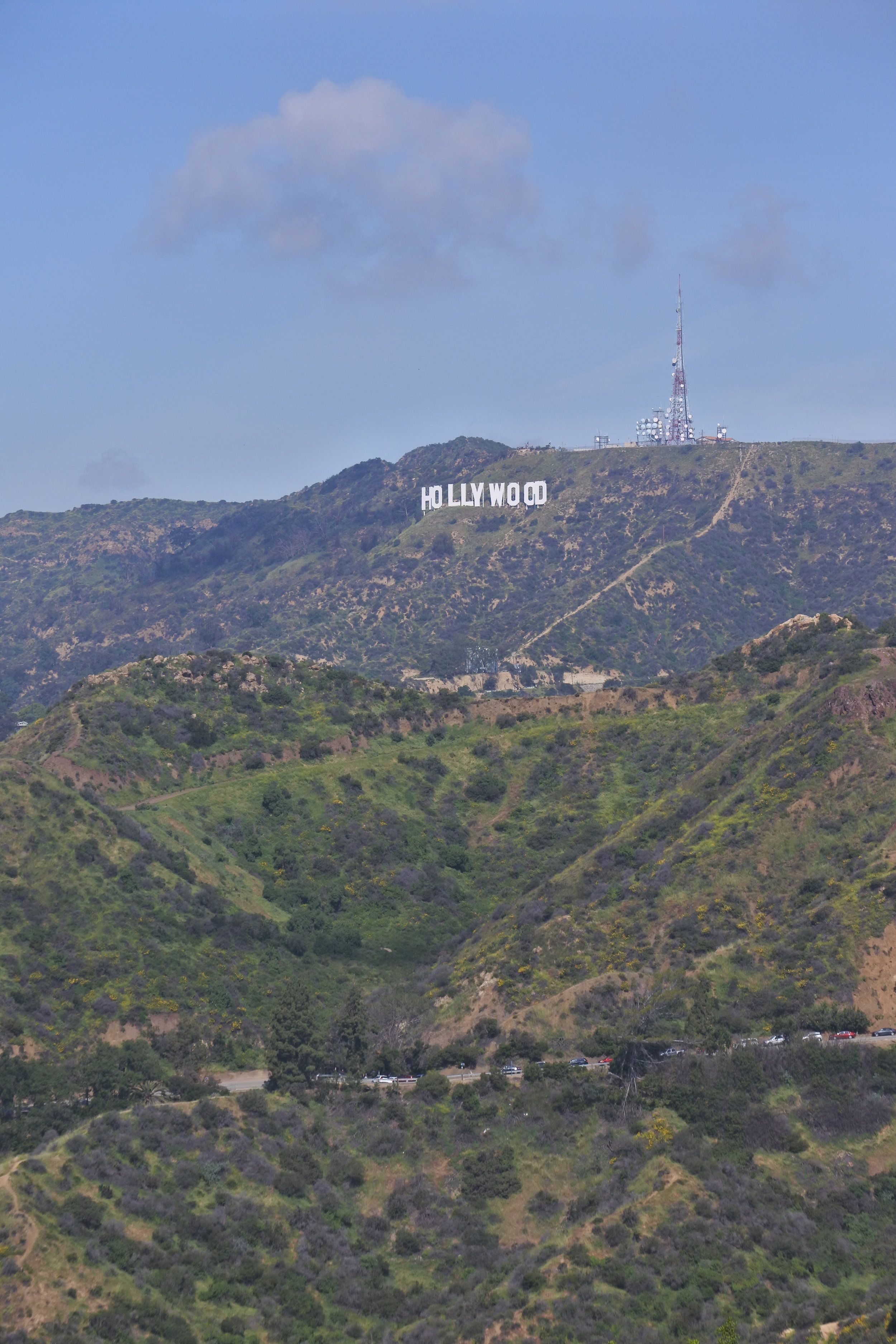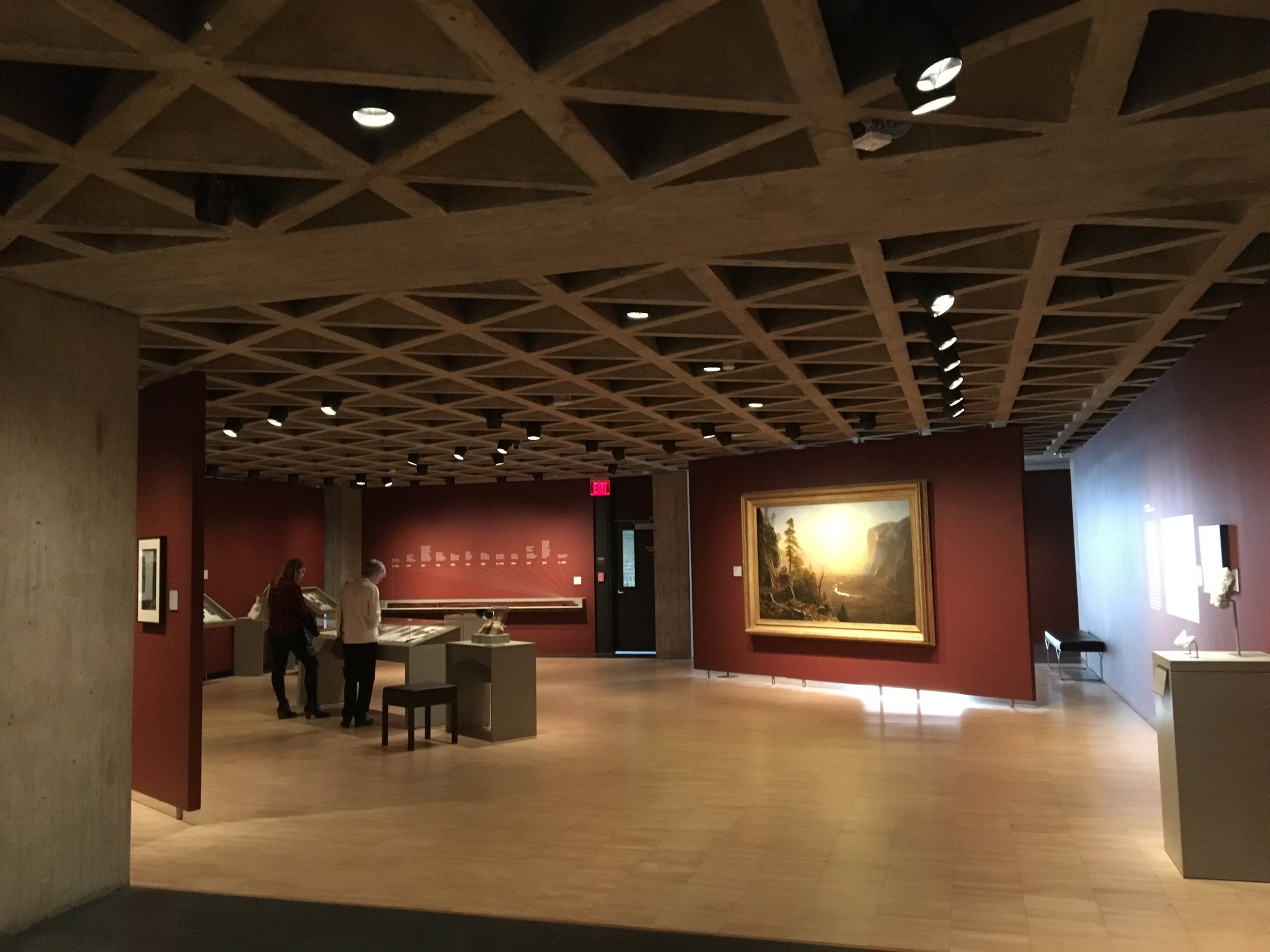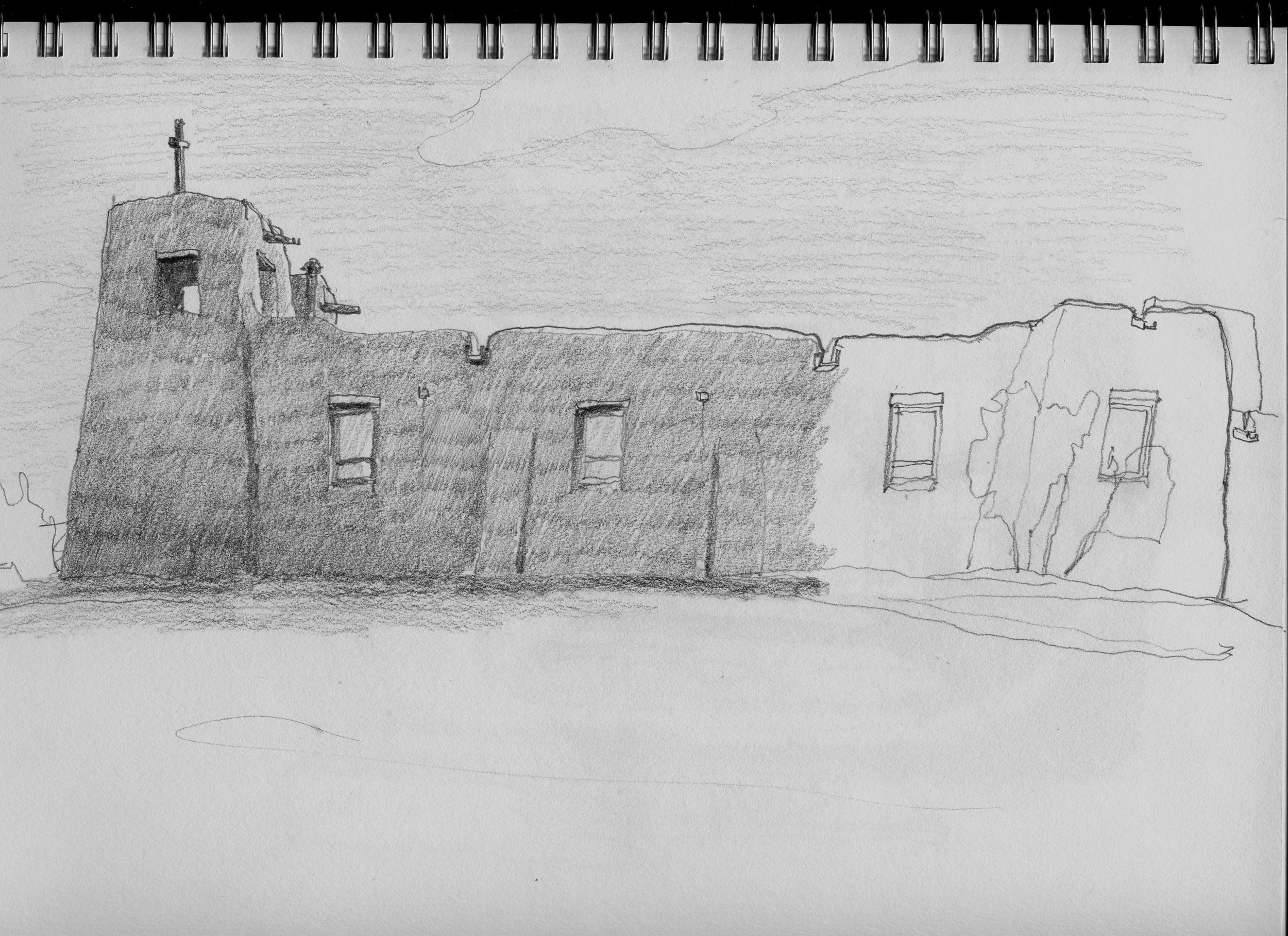School building architecture
I grew up in Louisville, Kentucky and attended suburban Mayme S. Waggener High School. I have written previous posts about Hyper-Attenuated Building Syndrome, and it only recently occurred to me that this building is in fact a prime example. Its plan proportions are something like 12:1 - a long, lean, learning machine.
What I remember the most is the unendingly-long hallways. Or maybe I should say "hall", for although there are a few transverse ones, the overall plan of the school is one long, continuous, locker-lined hallway.
The building is also a good example of that kind of generic, bland international style design that was so ubiquitous after World War II and has made most Americans hate Modernism. The long bands of windows and panels are systemized and designed more for the speed and cost of construction than anything else. Like a jamb-band live, it could conceivable go on forever.
The building opened in 1954, originally as a Junior High School. It grew as its population expanded and aged and it became a combined Junior and High School soon thereafter. Anyone who grew up in eastern Jefferson County knows this building not because of its unique character, but because so many of the schools around that part of the county are nearly identical. Maybe only the red doors, painted in the school colors, distinguishes this building from so many others.
A machine for learning. Maybe. Maybe not so much.































